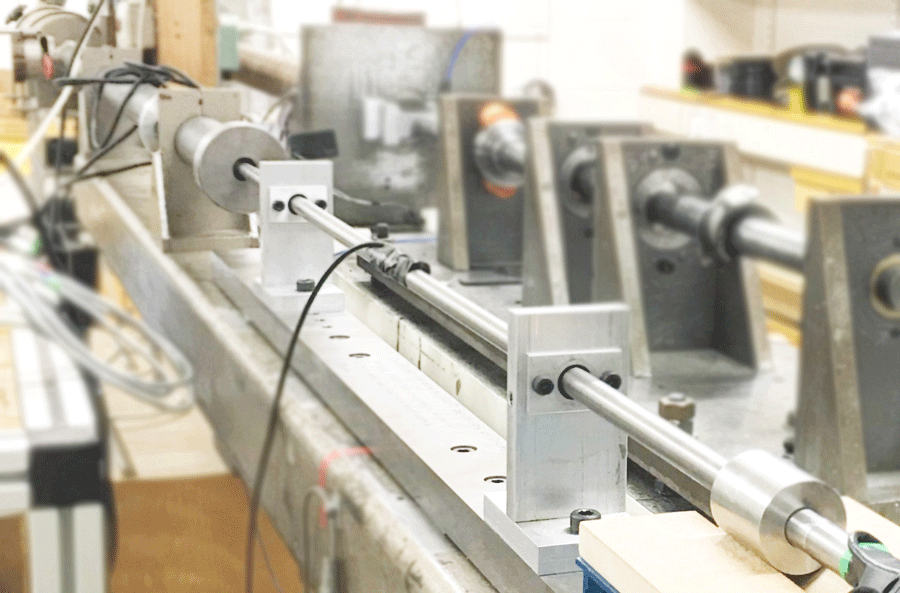Shock and impact protection advanced with ZIFs
More efficient and reuseable protection from shock, impact, explosion and vibration is the focus of research at the University of Birmingham, UK.

Experimenting with hydrothermally stable, zeolitic imidazolate frameworks (ZIFs), the team aims to provide enhanced protection for crash safety, military armoured vehicles and infrastructures, as well as personal protection.
‘We discovered that squeezing water molecules into nano-sized hydrophobic cages enables an efficient and reusable shock absorber at a high loading speed,’ says Dr Yueting Sun, Lecturer in Engineering at the University. ‘Molecular simulations from our partners at Ghent [University, Belgium] show that this is related to the clustering and mobility of water molecules inside nanocages.
‘Rubber is widely used for shock absorption nowadays, but the process we have discovered creates a material that can absorb more mechanical energy per gramme with very good reusability due to its unique nanoscale mechanism.
‘Soldiers and police could benefit from better body armour and bomb suits, athletes might wear more effective helmets, knee pads and shoe insoles as the material is liquid-like and flexible to wear.’
He continues, ‘The material is like a sponge, but it has extremely tiny pores at the nanoscale, one-billionth of a metre. These tiny pores form a network of molecular cages connected by narrow necks through which water molecules can hop from one cage to another.
‘By using sponge-like nanoporous materials, we are able to make the holes so small that water, for example, must split into individual water molecules to pass through the holes…With water molecules interacting with such a large surface, a substantial amount of energy can be absorbed. Since water molecules can flow out of the porous structure by themselves after a shock, the system becomes ready for its next task immediately.’
According to the researchers, the spontaneous liquid extrusion also means it can be incorporated into machinery to reduce harmful noise and vibrations, and reduce vulnerability to earthquakes in bridges and buildings.
‘The problem of existing material is the conflict between high energy density and reusability, making them difficult to provide effective protection from multiple impacts,’ says Sun.
‘We show in the paper an example of our material which can absorb around 50J of kinetic energy per gramme of the material and can easily tackle 1,000 hits, which [is] still not the best that this kind of material can achieve. In comparison, existing materials like rubber cannot absorb such high amounts of energy, while foams usually cannot recover their deformation.’
The team selected reactants and combined them together for a reaction under a suitable condition. ‘They can form the desired molecular structure through a self-assembly process,’ explains Sun. ‘Usually the reaction takes place in solvents such as methanol, but it is also possible to use solvent-free methods such as ball-milling as an environmentally friendly approach.’
The material was tested under realistic high-speed impacts using a technique called Split Hopkinson Pressure Bar, where a gas gun creates a sudden shock on the material. ‘Such experiments create a shock on the material that is even more violent than those experienced in a car crash,’ Sun describes. ‘We found that the material absorbs much more energy under such practical conditions compared to static compressions, and importantly, it can tackle repeated impacts, different from traditional materials which protect others by sacrificing themselves.’








